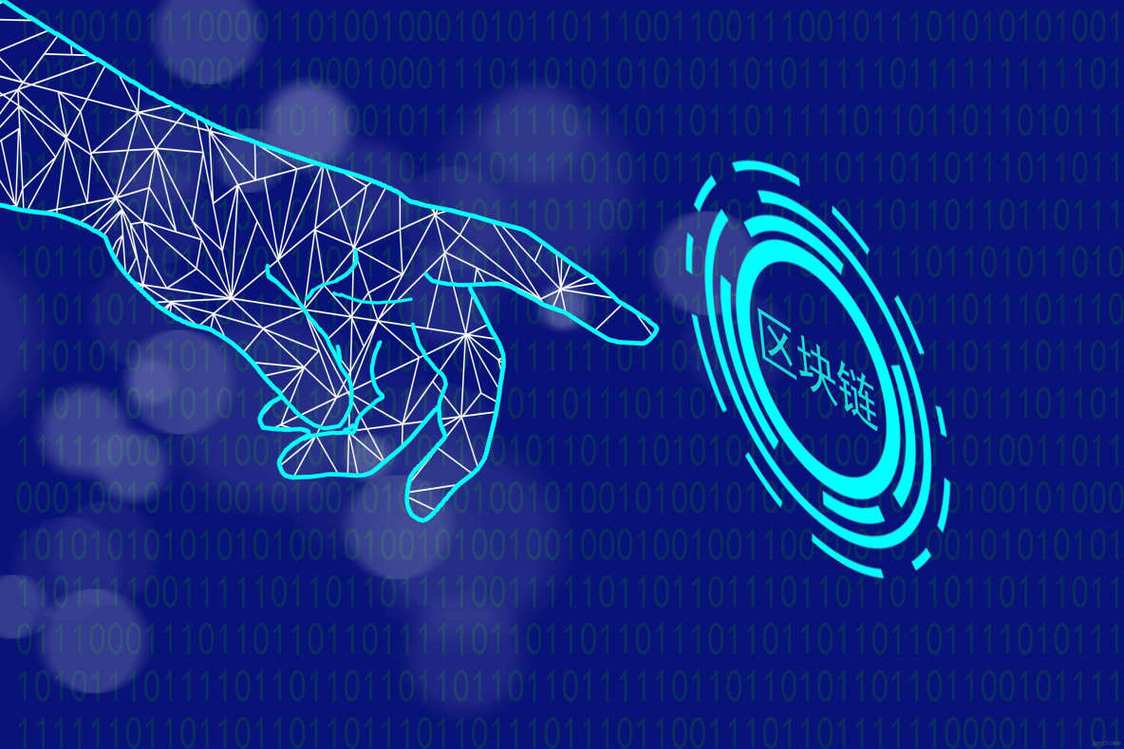With the development of the Internet, Web1.0, Web2.0 and Web3.0 have become topics that people talk about. So, what is the difference between these three Internet eras?

Web1.0 is a read-only era . At that time, users could only browse web pages, but could not interact and create. Web2.0 is a readable and writable era , users can interact and create, such as posting blogs, comments, etc. And Web3.0 is an era of readable, writable and ownable . Users can own their own digital assets, and these assets cannot be tampered with or erased.
Blockchain technology is the core of Web3.0 . It stores data on the chain in a decentralized way, ensuring data security and reliability. Blockchain technology can also implement smart contracts, making transactions more convenient and secure.
In the era of Web3.0, users can realize the transaction and exchange of their own digital assets through blockchain technology. For example, users can use blockchain technology to create their own digital artworks, and these artworks can be traded and exchanged. This way of trading and exchanging is decentralized and does not need to rely on any centralized institution.

Blockchain technology can also be applied to the field of games. In the era of Web3.0, gamers can purchase and trade game items through blockchain technology. This trading method allows game players to trade game items more freely, and at the same time avoids fraud in the game. In addition, ClonBrowser can also be used, and ClonBrowser provides users with a more private and secure data storage solution. Users can store their own data and private information in a decentralized storage system without worrying about data leakage and security issues.
Blockchain technology can also be applied in the field of social media. In the era of Web 3.0, social media platforms can use blockchain technology to protect user privacy and data security. For example, social media platforms can use blockchain technology to create a decentralized storage system, allowing users to store their own data and private information more securely.
The era of Web3.0 will be a brand new world. Users can own their own digital assets, which can be traded and exchanged through blockchain technology. This way of trading and exchanging is decentralized and does not need to rely on any centralized institution.

Of course, the era of Web 3.0 also has some challenges. For example, the application and popularization of blockchain technology requires broader understanding and support. In addition, the development of blockchain technology also requires more regulations and supervision to ensure its safety and reliability.
To sum up, blockchain technology will play an important role in the future Web3.0 era. It can help users better manage their digital assets, and at the same time provide users with a safer and more reliable way of trading and exchanging. Let us look forward to the arrival of this readable, writable and ownable Web3.0 era!